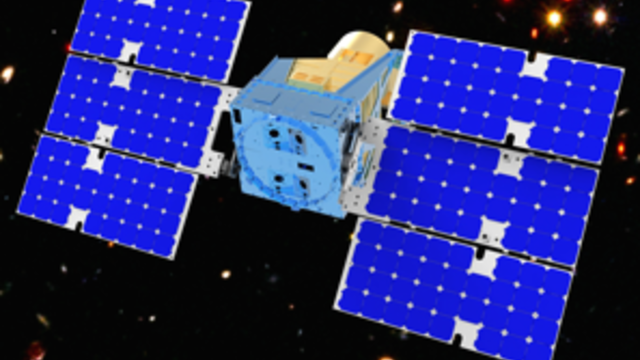
Mission Studies & Proposals
IPAC actively participates in concept studies for the next generation of US and international space observatories, contributing its expertise in data science, mission management, technology development, and scientific exploration. Major flagship-class studies supported by IPAC are the Origins Space Telescope (OST), in preparation for the US 2020 Astronomy and Astrophysics Decadal Survey, and the Space Infrared Telescope for Cosmology and Astrophysics (SPICA). IPAC science staff are involved in envisaging and preparing the science case for these concept studies.

ISCEA
Infrared SmallSat for Cluster Evolution Astrophysics
ISCEA (Infrared SmallSat for Cluster Evolution Astrophysics) is a small space mission that will study the evolution of the Universe during the peak of galaxy formation. It was selected by NASA for a mission concept study in September 2018.
More Information
JSP
Joint Survey Processing
Joint Survey Processing (JSP) is aimed at enabling science that requires pixel-level combination of data from the Vera C. Rubin Observatory, Euclid, and the Nancy Grace Roman Space Telescope.
More Information
PRIMA
Probe Far-Infrared Mission for Astrophysics
PRIMA has been selected for Phase A studies as a NASA Probe-class mission. PRIMA would be a cryogenically-cooled, far-infrared observatory for the community for the next decade. The hardware specifications and the capabilities of PRIMA are still under formulation. Key areas of study include the trade between resolving power, wavelength coverage, and mapping speed for low-resolution spectroscopy (24-235 μm, R >85), as well as the potential for medium-resolving-power spectroscopy (R ~4,400) and polarimetric imaging from 80-261 μm. PRIMA addresses all 3 science goals for a far-IR Probe from the National Academy of Sciences Astronomy 2020 Decadal Survey: 1. Tracing the astrochemical signatures of planet formation 2. Probing the co-evolution of galaxies and their supermassive black holes across cosmic time 3. Measuring the formation and buildup of galaxies, heavy elements, and interstellar dust from the first galaxies to today
More Information

